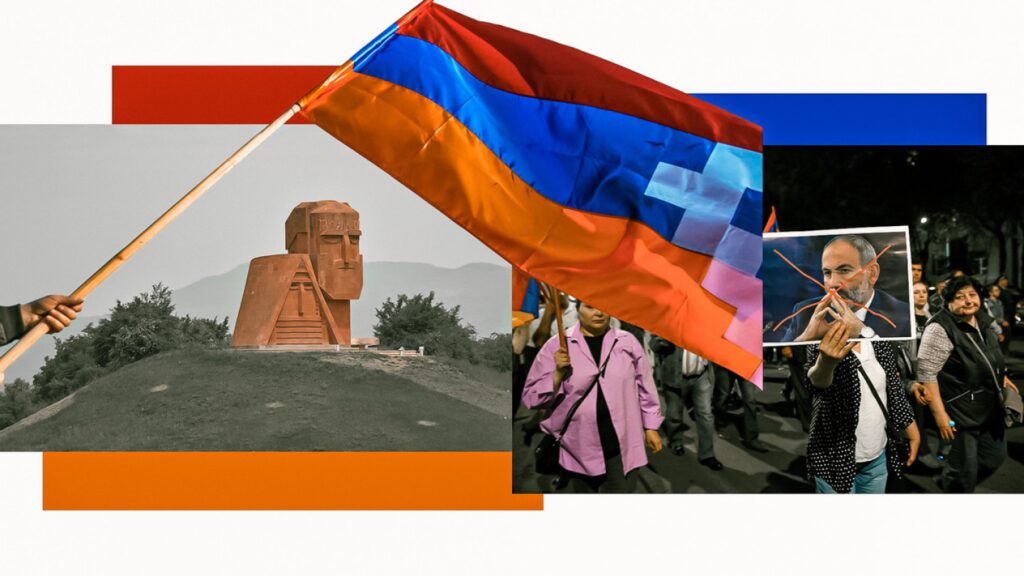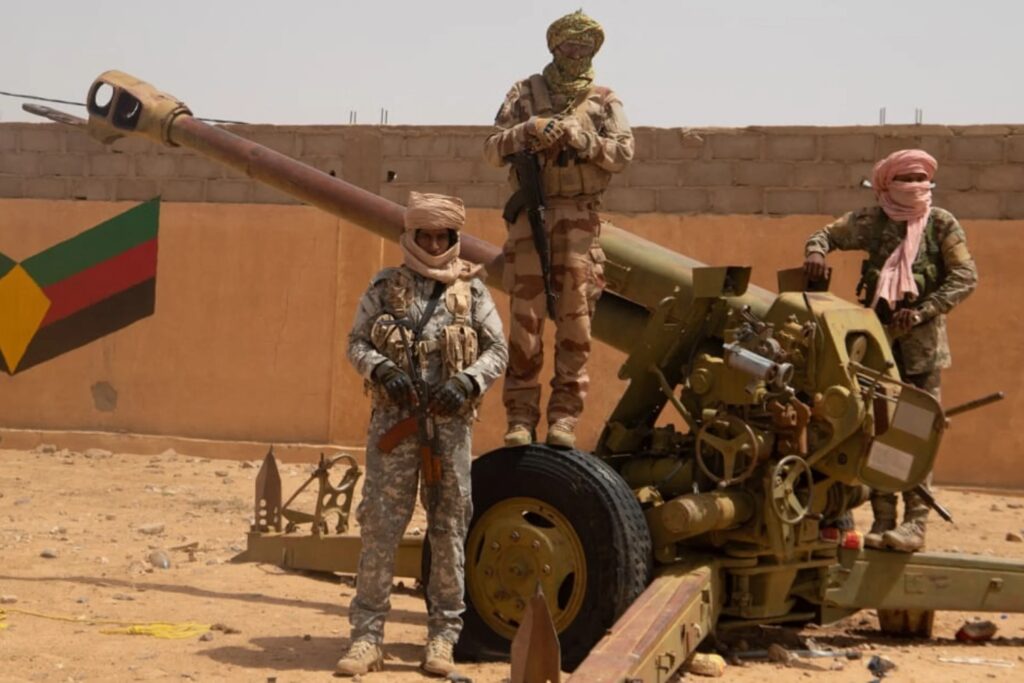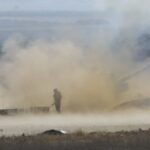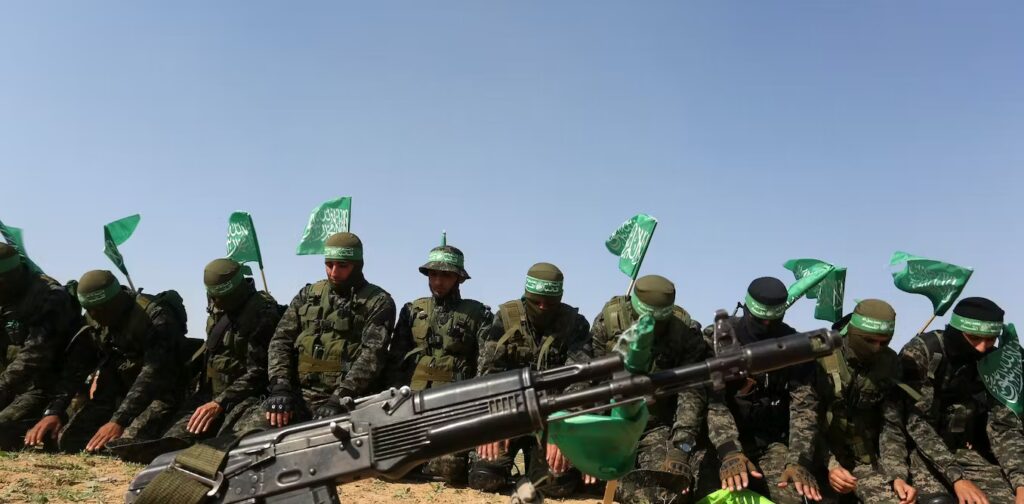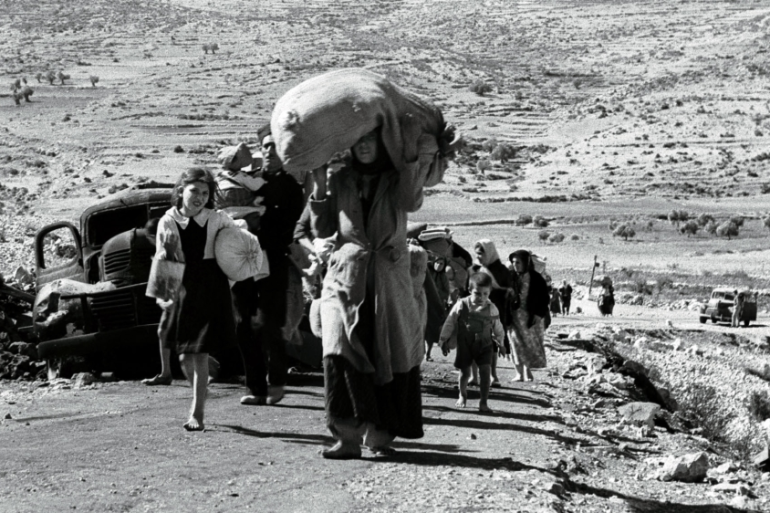How Nagorno-Karabakh’s fall shifted the balance of power in the Caucasus
By the time the last bus carrying ethnic Armenians from Nagorno-Karabakh arrived in Goris, an Armenian city on the border with Azerbaijan, the scale of the tragedy had become clear.
The 19 September lightning offensive by Azerbaijan ended thirty years of self-rule in the breakaway region, located within its borders but – historically and as a result of the long-running conflict – inhabited almost exclusively by ethnic Armenians.

